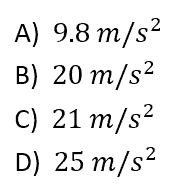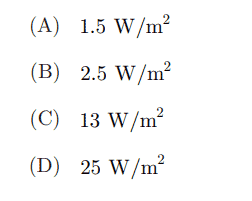In this article, (and video above), we solve a civil engineering soil sample problem to give you a better understanding of what you can expect during the FE Exam.
Question:
A soil sample has a total mass of 24g, a volume of 12cm³, an oven-dry mass of 22g, and a specific gravity of 2.4 for the solids.
The void ratio of this soil sample is most nearly:

Solution:
[Read more…] about FE Exam Prep: Civil Engineering Soil Sample







